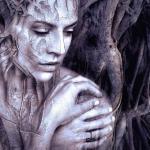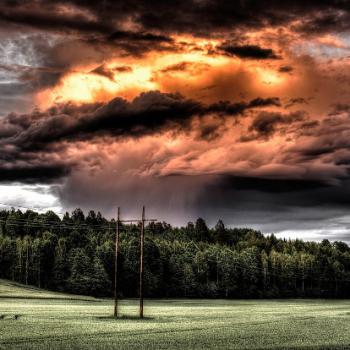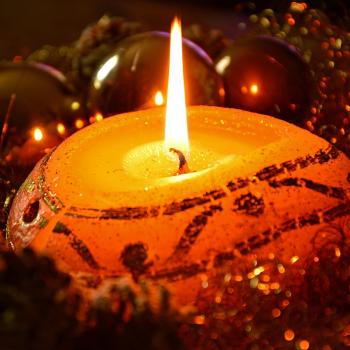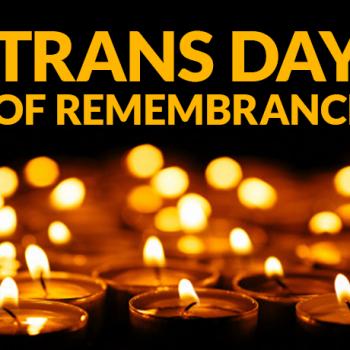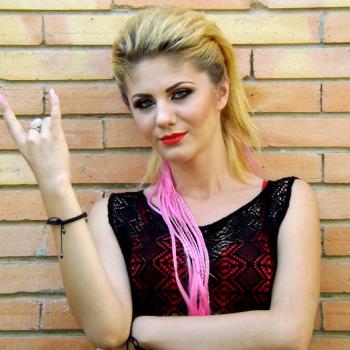
It’s fair to say that the stereotypical witch throughout the centuries has been a negative one but not without implied power and influence. It is that very power and influence which is highlighted all the more by being typically associated with women, who in traditional patriarchal society has been both feared and subjugated.
In my blog post on what witchcraft is, I pointed out the inherent connections between witchcraft and herbology/medicine. Witches have traditionally been healers and seers, associated with herbs, plants and their wide variety of uses. When the church began to hunt down witches due to such people being seen as a threat to their power, they were slandered with the typical claims used to instill fear: witches ate babies, used their blood in rituals, and so forth–not unlike the blood libel Jews have also faced for being seen as “anti-Christian”. For a long time, the term “witch” was a pejorative. And this is why I have pointed out time and time again that witches are naturally and inherently subversive. We have always been against the status quo.
In the modern world, the term has been reclaimed and given a feminist spin. Recently witches and witchcraft have been escalating in popularity. New York Times rather astutely notes that this is happening “at a time when misogyny is rampant and women’s rights are on shaky ground“. With witches in the news performing hexes on Donald Trump and Brett Kavanaugh, certainly witchcraft practices are becoming appealing.
Christine Emba from the Washington Post has her own take on witchcraft’s surging popularity:
“An interest in the esoteric tends to reassert itself at moments of crisis: Spiritualism was in part a reaction to the Industrial Revolution; the New Age movement reflected the cultural upheaval of the 1960s and ’70s. But I think the growing interest in witches and witchcraft speaks to a uniquely unsettled moment in U.S. history — and an unprecedented loss of hope felt by an entire generation. Absent anything else to hold on to, we’re reaching into the dark.”
And it’s not just women who are finding witchcraft appealing, either. Among those in the LGBTQIA+ community being a witch is becoming increasingly more popular. Challenging heteronormativity and the idea of cishet as either “default” or “normal” is definitely at home with an esoteric movement that has been deeply maligned by the same people who have also traditionally been against women and queer people. It’s deeply appropriate that shows such as Charmed and The Chilling Adventures of Sabrina are featuring queer people front and center as main characters handling their own struggles through supernatural means and alongside magic and witchcraft.
Media is also becoming increasingly less white in its casting of witches. Fiji in Midnight, Texas is played by a woman of Jamaican ancestry and the Charmed revival has entirely non-white main characters who are witches. It’s a good trend to see and I hope to see it continue, especially as it’s highlighting women of color–and queer ones, too.
Bottom line, witches are alive and well and fighting against patriarchy, white supremacy, and the heteromativity which encourages sexism, racism, homophobia, and transphobia. While certain corrupt politicians are crying that the efforts against them are witch hunts, to them I say yes, you are correct. We are witches, and you are being hunted. We will not tolerate intolerance, and we are more than just a little sick of the status quo. Our very symbol is that of the women and minorities you hunted down and vilified for centuries, and we are fighting back.


